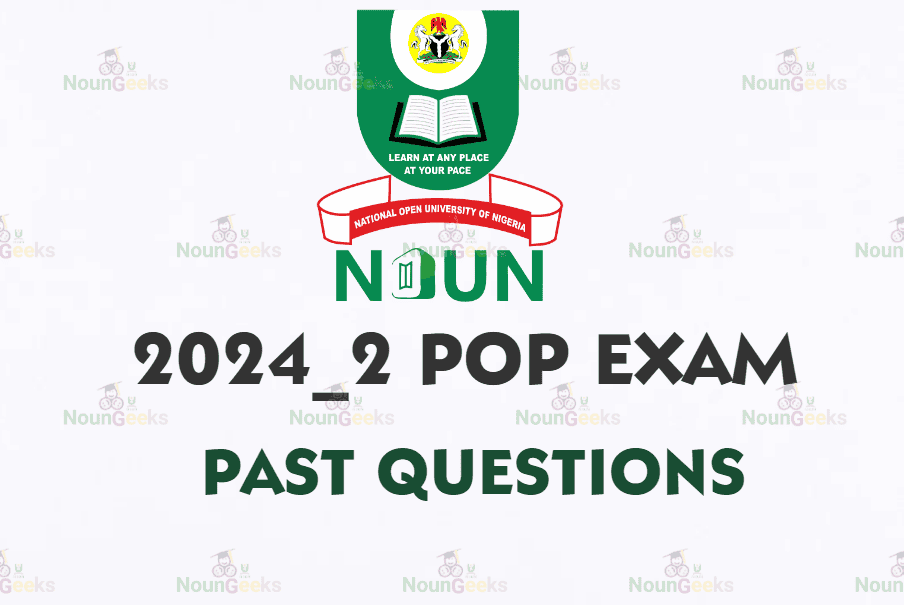

NOUN GST104 COURSE SUMMARY (DOWNLOAD)
Getting reading for your E-exams? Here is GST104 course summary from us that can assist you in getting prepared for your upcoming NOUN exams.
The Concept of a Library
Before we go into the types of libraries, let us first understand the concept of a library.
The word library which is “librairie” in French and in Latin “Liber” means book. It is an organized collection of resources made accessible to a defined community for reference or borrowing.
It provides physical or digital access to material, and may be a physical building or room, or a virtual Space, or both.
A library’s collection can include books, periodicals, newspapers, manuscripts, film , maps, prints, documents, microform, CDs, cassettes, videotapes, DVDs, e-books, audio books, databases, and other formats.
Libraries range in size from a few shelves of books to several million items.
Types of Libraries
Academic Libraries:
These are libraries of academic institutions such as universities, Polytechnics and Colleges of education. The purpose of establishing these libraries is to meet the information needs of staff and students in the institutions they belong.
Function of Academic Libraries:
-
Provision of research information resources in line with the needs of the staff and students.
-
Provision of information materials as required for the academic programmes of the parent institutions.
-
Provision of information resources for recreation and for personal self-development of users.
-
Provision of specialized information services to appropriate sections of the larger community.
COURSE SUMMARIES FOR OTHER DEPARTMENTS ARE ALSO AVAILABLE, CONTACT US ON 08089722160 FOR ANY SUMMARIES YOU NEED.
Public Libraries:
Public library is a library that is open to everybody and is generally accessible by the public.
Its source of funding is public taxes and operated by civil servants.
There are five fundamental characteristics shared by public libraries. The first is that they are generally supported by taxes (usually local, federal or state government may contribute); they are under a board to serve the public; they are open to all and all community members can access their collections; public libraries provide basic services without charge (Rubin, 2010).
The presence of a public library in a community is an indication that the community is literate.
National Libraries:
National libraries are specially established by the government of the nation to serve as the prominent repository of information for that country. Unlike public libraries, national libraries rarely allow citizens to borrow books.
Functions of National Libraries
-
To act as the legal depository and bibliographic Centre of the nation
-
To give advice or library development or organization to any agency of the federal, state or local government.
-
To have a responsibility for the national bibliography and development of bibliographic services.
Types of Information Sources
Information is being generated and transmitted by individuals on daily basis. Information seekers consult various sources to satisfy their information needs. There are basically three sources of information, namely primary, secondary and tertiary sources of information.
Primary Sources:
Primary sources are original materials on which other sources of information are based. They report a discovery or share new information.
Secondary Sources:
Secondary sources of information are created from primary sources of information. The authors (creators) of secondary sources did not have first – hand experience of the event being researched.
Secondary sources give accounts of facts by describing, analysing, interpreting, evaluating, commenting or discussing evidence provided by primary sources.
Tertiary Sources:
Tertiary sources of information act as pointers to primary and secondary sources. In fact, tertiary sources are:
1. Works that list primary and secondary resources in a specific area.
2. Works which index, organize and compile citations to secondary sources. Examples of tertiary sources include, chronologies, bibliographies, indexes, encyclopaedias, and directories.
Different Types of Database
Databases are vital resource tools for your research.
A database is a searchable collection of published works. It is an electronic (online) catalog or index.
The library pays for access, however some databases are free for you to use. The database helps the researcher to find reliable information from trusted sources. A database may be dedicated to a single subject or cover several subjects.
Some known databases are: ABI/Inform, Academic search, JSTOR, LEXISNEXIS Academic, PSYC/NFO, PubMed/Medline, ScienceDirect, Scopus, Web of Science.
EBSCO:
EBSCO is the largest, multidiscipline, full text database.
It provides resources for all academics, medical, corporate, government public libraries & Law.
EBSCO host about 375 full-text databases.
ERIC:
ERIC is the world’s most widely used database in education.
It contains over 1.5 million journals articles, research reports, curriculum and teaching guides, conference papers, dissertations and theses and books.
Good Study Methods
There are steps you must take in order to develop good study skills.
1. Making and Keeping a Study Schedule
Students must have a functional reading schedule where specific hours are set aside for reading each day. This schedule must be faithfully kept from day-to day.
The amount of time needed for study will vary for each individual. An average of four hours of study each day is recommended.
2. Studying in an Appropriate Setting — Same Time, Same Place, Every Day
A conducive environment such as a library, or/and a study room at home is recommended for study. This will facilitate comprehension since it is expected that the environment is not only quiet but cool and has all necessary facilities for study. Have a specific place for your study.
3. Equipping Your Study Area with All the Materials You Need
Ensure that when you visit the library that you go with all necessary reading materials/resources such as: Recommended textbooks, e-resources on your laptops, pencils, pens, erasers, etc.
With your materials at hand, you can study without interruption.
Put your phone on silence and take only emergency calls. Studying is a serious business. You can return the calls after you have finished studying.
4. Not Relying on Inspiration for Motivation
Students must not leave studying time to when they feel like.
You must stick to your daily schedule for studying whether you are motivated or not.
Get yourself motivated. One method of doing this is by moving from the known to the unknown or by reading for pleasure.
To get the full GST104 course summary, kindly contact us or send us a message on 08089722160 to receive it. We wish you success in your exams this semester.
Check out: GST105 course summary download
Related Posts
Valerie
Hello there, just became alert to your blog through Google, and
found that it is really informative. I’m going to watch out for
more NOUN updates. I’ll be grateful if you continue this in future.
Many people will be benefited from your writing.
Cheers!
Noungeeks
Contact us on whatsapp to receive course summaries on 08089722160.
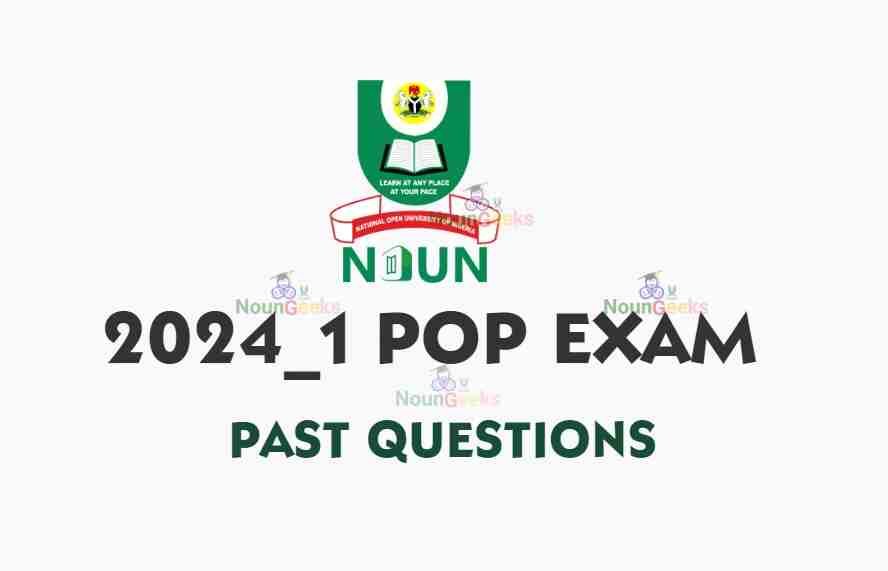
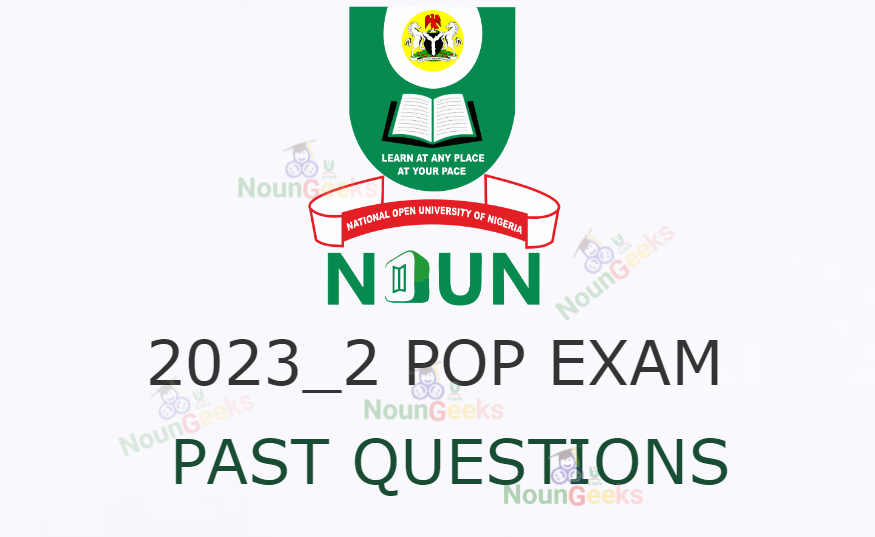
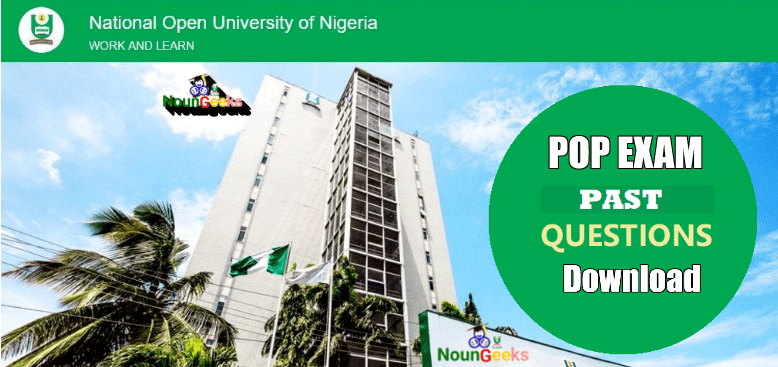
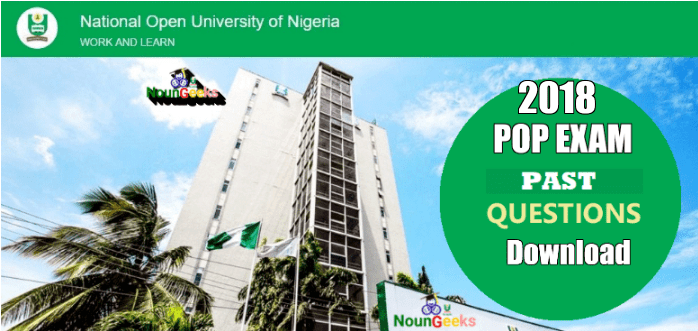
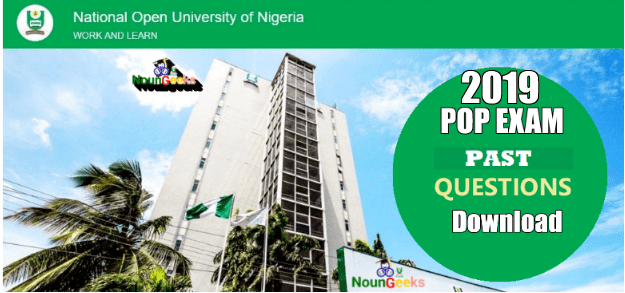
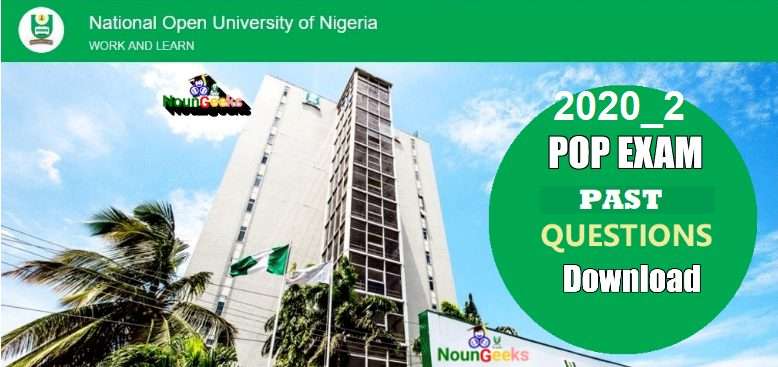
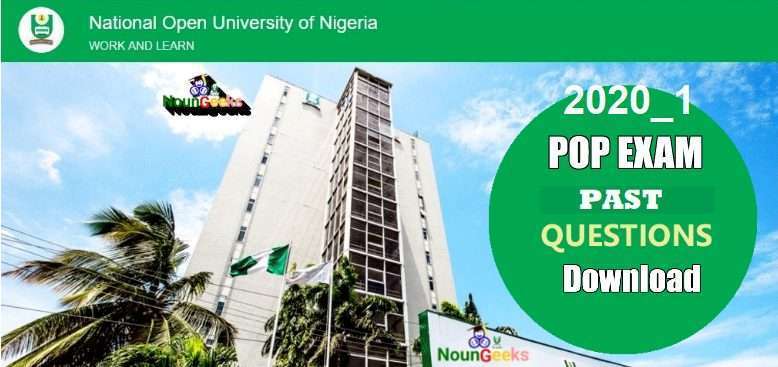
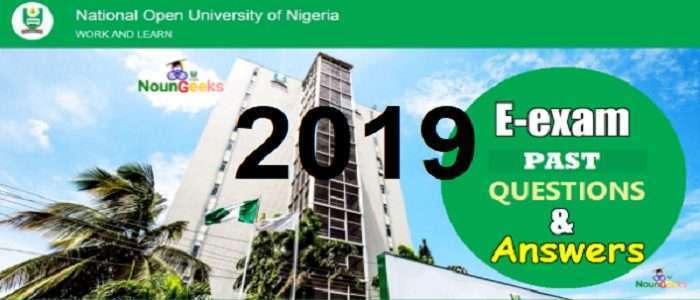
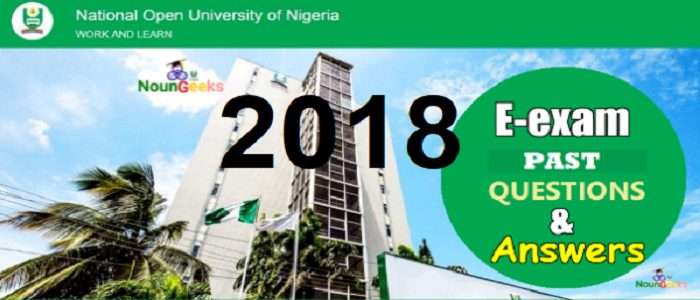




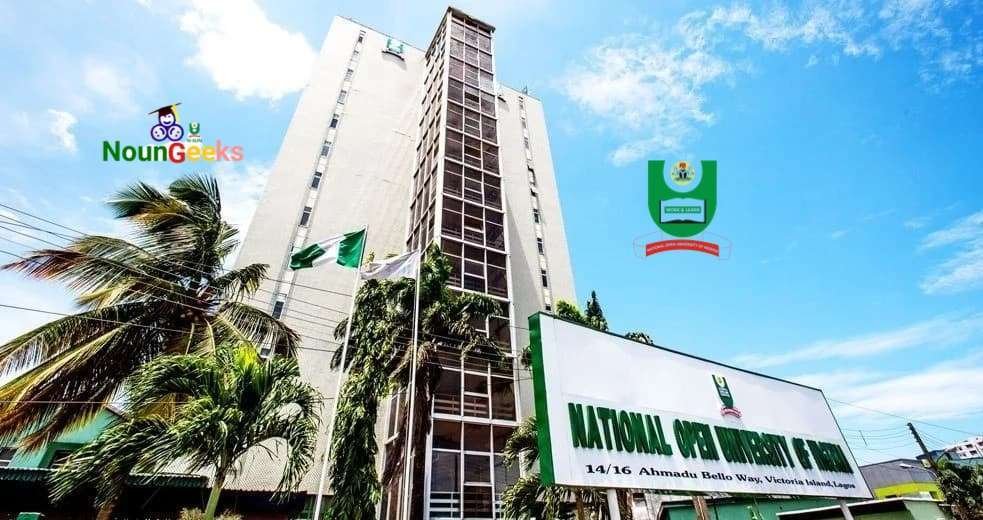



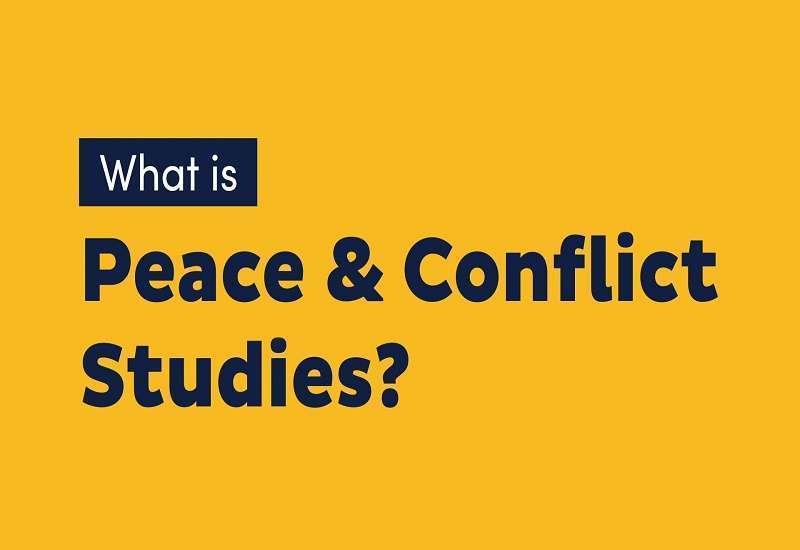
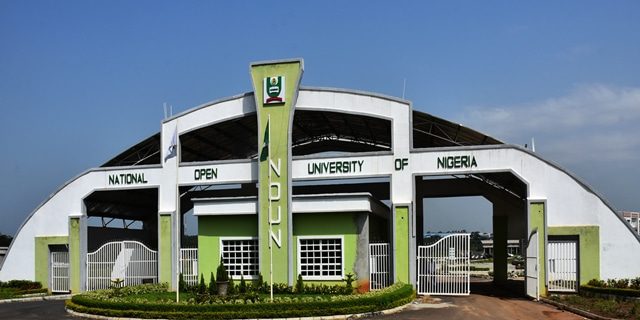
10 comments